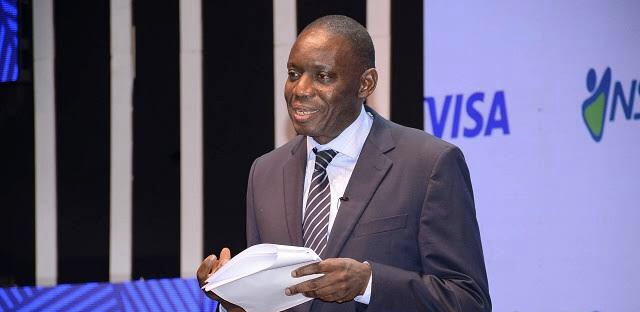The Monetary Policy Committee (MPC) has lowered the Central Bank Rate (CBR) to 9.5%.
The development follows a steady drop in inflation to below 5% faster than the central bank had expected.
The October 2022 inflation peaked at 10.7%, however, this has steadily decreased to below 5%, faster than expected.
According to Bank of Uganda, the annual headline and core inflation dropped to 3.9% and 3.8% in July 2023 from 4.9% and 4.8% in June 2023, respectively.
Similarly, food crops inflation declined to 9.3% in July from 12.3% in June 2023.
The deflation of energy, fuel, and utility costs was -1.6% in July from -3.1% in June 2023 and services inflation averaged 3.1% from April to July 2023.
Economic growth is expected to recover gradually ranging from 5.0% to 6.0% in fiscal year 2023/24.
Private consumption, investments in extractive industries, and improved exports are anticipated to drive this recovery.
The central bank noted that the decline in inflation was due to tighter monetary and fiscal policies, strengthening of the shilling exchange rate, lower energy and food prices, improved global supply chains, and reduced domestic demand.
It added that the drop in inflation was also driven by base effects as the prices are now lower than they were at the same time last year.
“This downward inflation trend is predicted to continue in the coming months due to lower international food and fuel prices, better agricultural supply, and decreasing inflation expectations. Although global inflation remains relatively high, it’s getting closer to the targets set by central banks in advanced economies. This international trend could help reduce domestic inflation pressures,” BoU said.
However, it explained that advanced economies will likely maintain tight monetary policies, which might cause currency volatility as foreign investors in local markets seek high returns.
Nevertheless, the exchange rate is expected to remain stable.
There are still risks despite improvements in near-term inflation projections compared to June 2023.
“On the downside, global inflation might continue to decrease, potentially affecting domestic inflation. A significant global economic slowdown could also impact inflation by reducing global demand, leading to lower prices for goods and commodities,” the bank explained.
“On the upside, external risks could drive inflation higher. Factors like ongoing geopolitical conflicts, rising commodity prices, or disruptions in global trade could push up inflation. Sticky inflation in advanced economies might also mean higher interest rates, which could affect economies needing foreign capital as well as their exchange rates. Also, adverse weather could keep food prices elevated.”











